Inbox and Environment News: Issue 436
February 2 - 8, 2020: Issue 436
Summer In Pittwater 2020
Spotted At North Avalon Beach: Save Water Bucket For Sandy Feet
Hot Days Forecast: Please Keep Your Bird Baths Topped Up Or Put Out Shallow Dishes Of Water In The Shade For Local Fauna
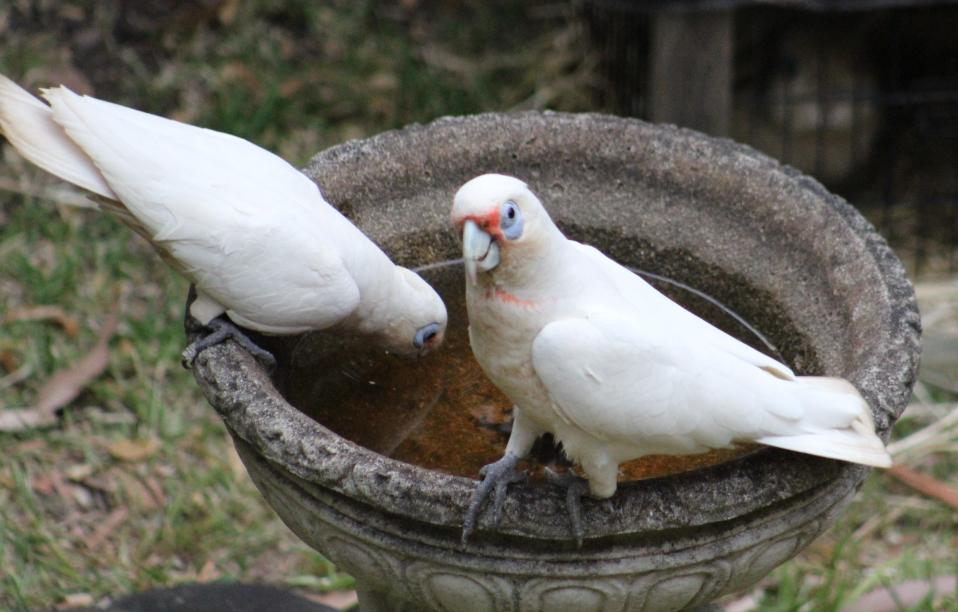
Avalon Rock Pool Baby Fish Rescue By Residents
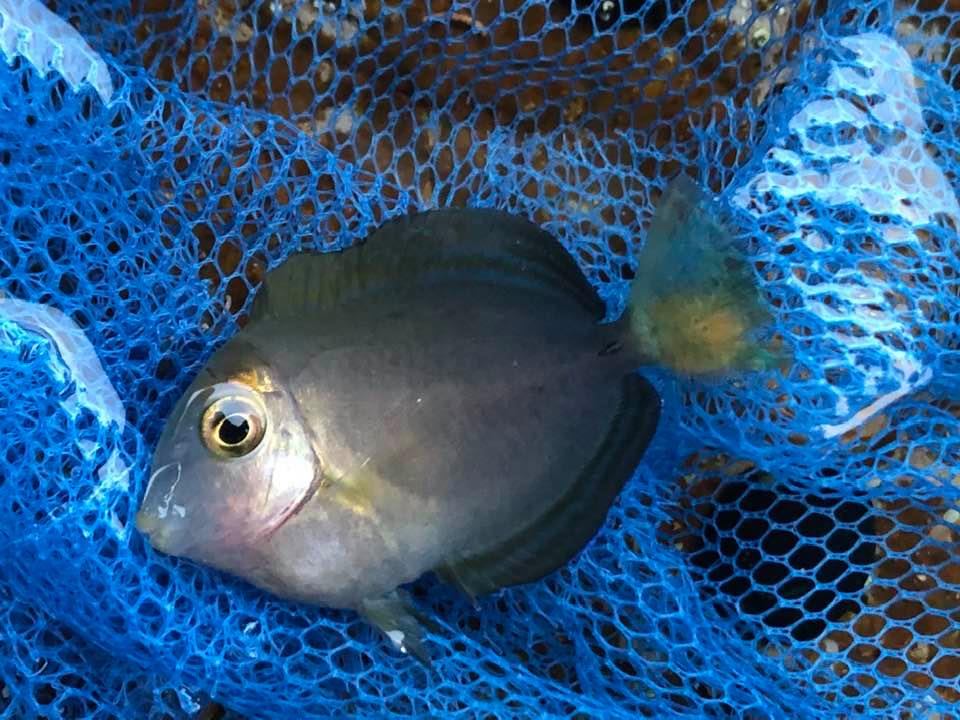
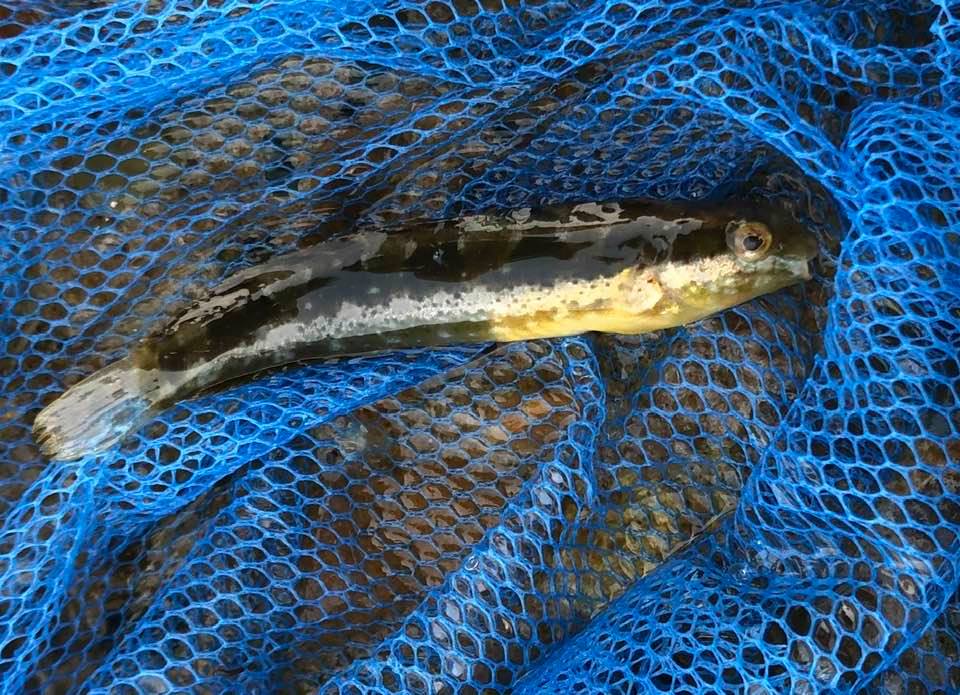
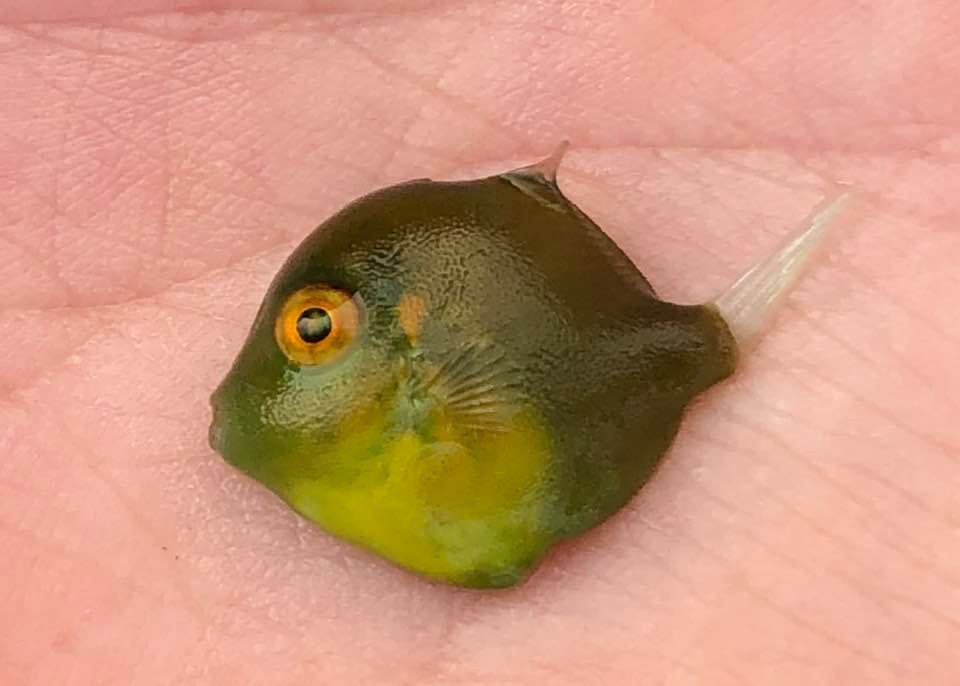
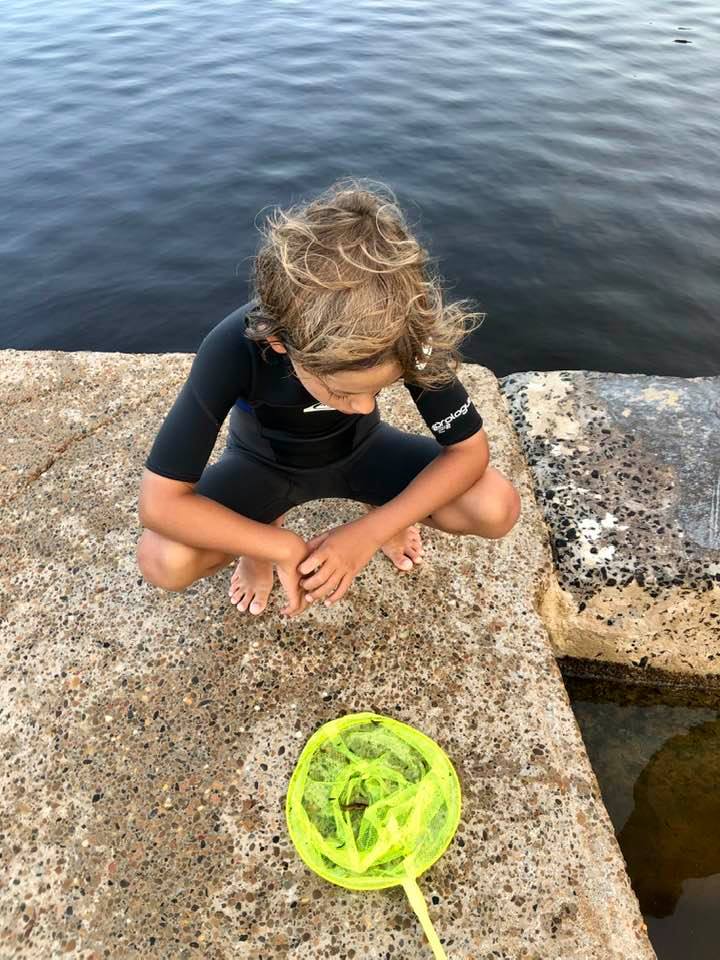
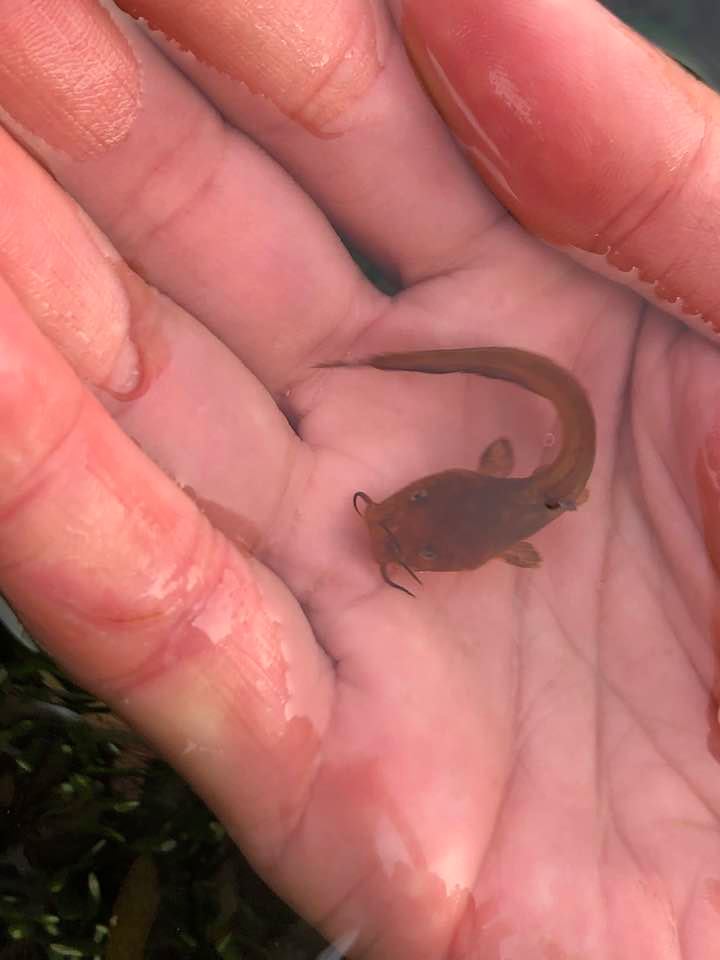
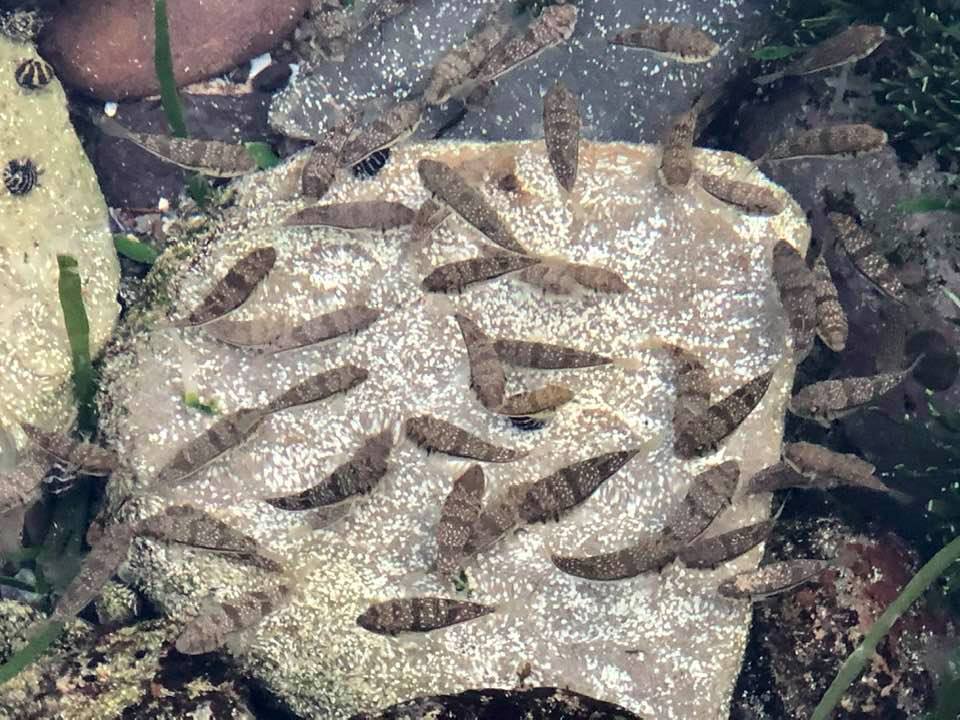
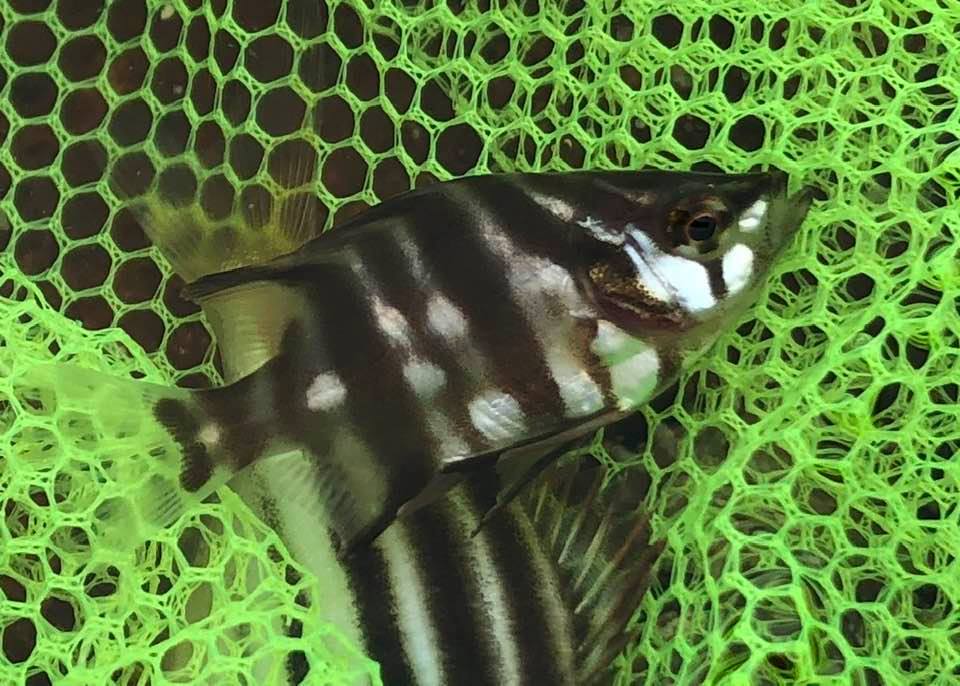
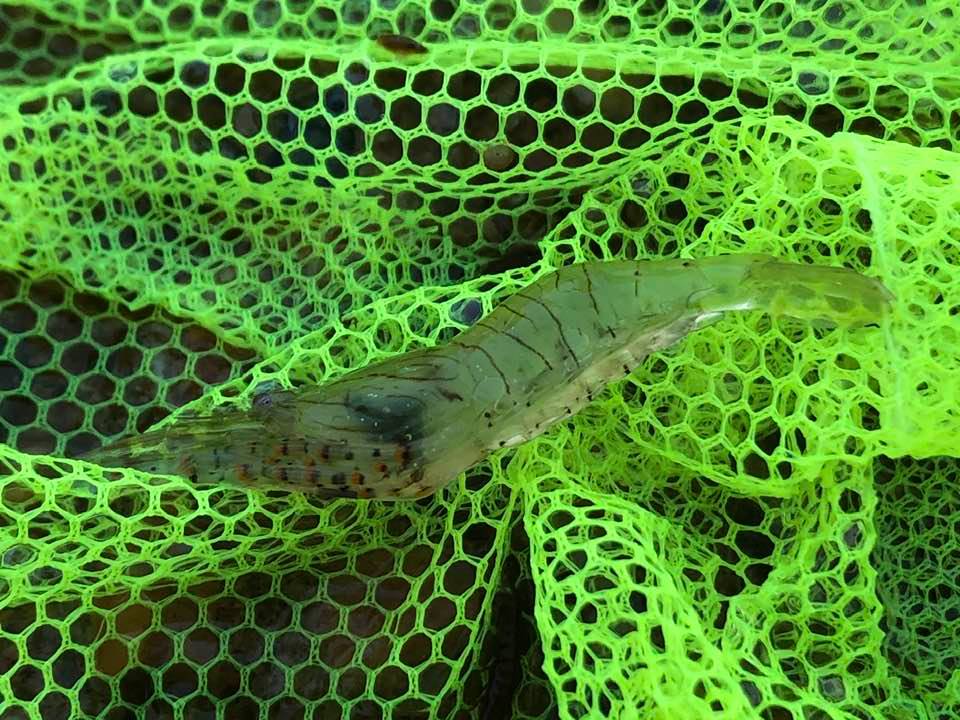
Bangalley Head Landcare Group

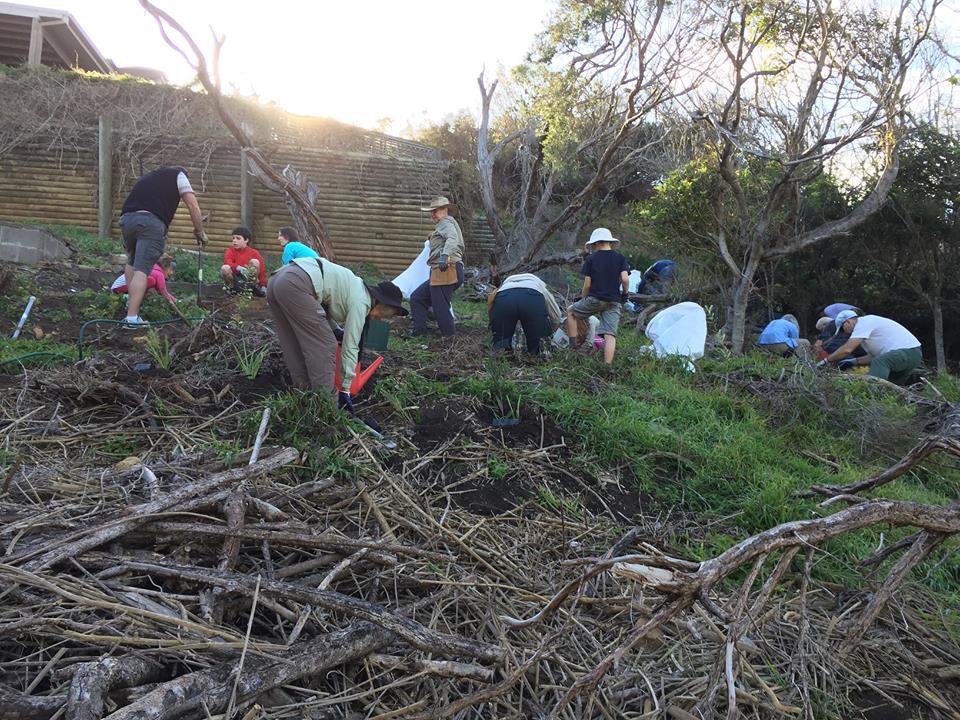
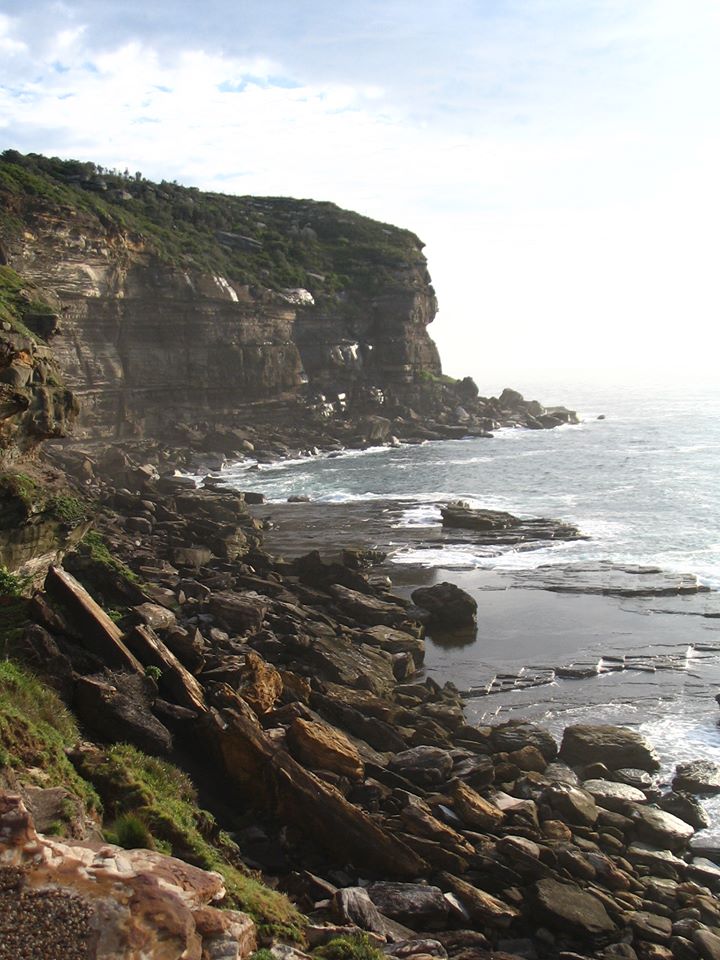
Warriewood Wetlands Twilight Walk
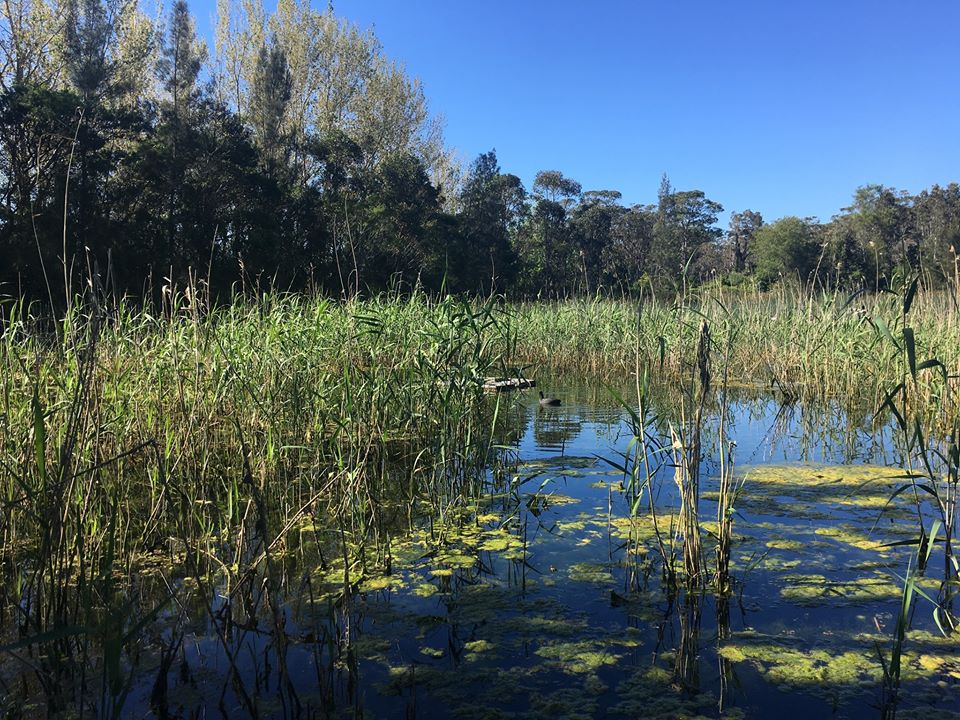
Save The Northern Beaches From Blasting And Drilling For Gas Event In Manly: Zali Steggal MP & Abigail Boyd MP Speakers
Friends Of Narrabeen Lagoon February 2020 Forum - Catchment Secrets Of Narrabeen Lagoon Catchment: Discoveries So Far In The 21st Century
 Next Forum: 7pm Monday Feb 24, 2020
Next Forum: 7pm Monday Feb 24, 2020Friends Of Narrabeen Lagoon Catchment: Bushwalks 2020
PNB 1st Meeting For 2020: Habitat Protection
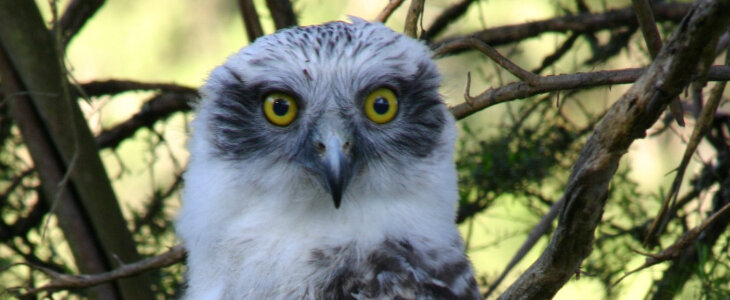
Foundation For National Parks & Wildlife Community Conservation Grants Are Now Open For Applications
- Land and Water - Protection, restoration, rehabilitation and revegetation of degraded habitats to ensure their ability to sustain native species.
- Threatened Species - Scientific research with tangible conservation outcomes and on-ground works to conserve Australia’s threatened species.
- Cultural Heritage - Conserving and celebrating Australia’s cultural heritage as part of the gift we leave to future generations.
- Parks for People - Improving National Park facilities for the enjoyment of all, to foster and encourage the appreciation of nature.
Mt Gilead Stage 2 Residential Development EPBC Public Comment Period
- Comment is invited on whether Referrals are controlled actions under the Environment Protection and Biodiversity Conservation Act 1999 (EPBC Act). How to comment on referrals
- Comment is invited on Draft Guidelines as described in the attached notice. How to comment on guidelines
- Invitations to Comment on Strategic Assessments are listed at: Strategic Assessments
- Clearly reference the referral number and proposal title in your submission.
- Provide comments within the 10 business day public comment period.
- State clearly whether, and how, you believe the proposal would have a significant impact on matters protected by Part 3 of the EPBC Act.
- If you believe the information in the referral is misleading or incorrect, you should state the reasons why and provide correct information, if available.
- Give the source of any key information used in reaching your conclusion.
- Provide clear contact details if the Department needs to get in touch with you to seek clarification.
Glendell Continued Operations Project
Modification 4 - VENM/ENM Importation, Increased Trucking And Extension Of Life
Haerses Road Quarry MOD 3 - Production Increase
Bushcare In Pittwater
Where we work Which day What time
Avalon
Angophora Reserve 3rd Sunday 8:30 - 11:30am
Avalon Dunes 1st Sunday 8:30 - 11:30am
Avalon Golf Course 2nd Wednesday 3 - 5:30pm
Careel Creek 4th Saturday 8:30 - 11:30am
Toongari Reserve 3rd Saturday 9 - 12noon (8 - 11am in summer)
Bangalley Headland 2nd Sunday 9 to 12noon
Bayview
Winnererremy Bay 4th Sunday 9 to 12noon
Bilgola
North Bilgola Beach 3rd Monday 9 - 12noon
Algona Reserve 1st Saturday 9 - 12noon
Plateau Park 1st Friday 8:30 - 11:30am
Church Point
Browns Bay Reserve 1st Tuesday 9 - 12noon
McCarrs Creek Reserve Contact Bushcare Officer To be confirmed
Clareville
Old Wharf Reserve 3rd Saturday 8 - 11am
Elanora
Kundibah Reserve 4th Sunday 8:30 - 11:30am
 Mona Vale
Mona Vale Mona Vale Beach Basin 1st Saturday 8 - 11am
Mona Vale Dunes 2nd Saturday +3rd Thursday 8:30 - 11:30am
Newport
Bungan Beach 4th Sunday 9 - 12noon
Crescent Reserve 3rd Sunday 9 - 12noon
North Newport Beach 4th Saturday 8:30 - 11:30am
Porter Reserve 2nd Saturday 8 - 11am
North Narrabeen
Irrawong Reserve 2nd Saturday 2 - 5pm
Palm Beach
North Palm Beach Dunes 3rd Saturday 9 - 12noon
Scotland Island
Catherine Park 2nd Sunday 10 - 12:30pm
Elizabeth Park 1st Saturday 9 - 12noon
Pathilda Reserve 3rd Saturday 9 - 12noon
Warriewood
Warriewood Wetlands 1st Sunday 8:30 - 11:30am
Whale Beach
Norma Park 1st Friday 9 - 12noon
Western Foreshores
Coopers Point, Elvina Bay 2nd Sunday 10 - 1pm
Rocky Point, Elvina Bay 1st Monday 9 - 12noon
Gardens And Environment Groups And Organisations In Pittwater
Pittwater Reserves
Post-Bushfire Logging Makes A Bad Situation Even Worse, But The Industry Is Ignoring The Science
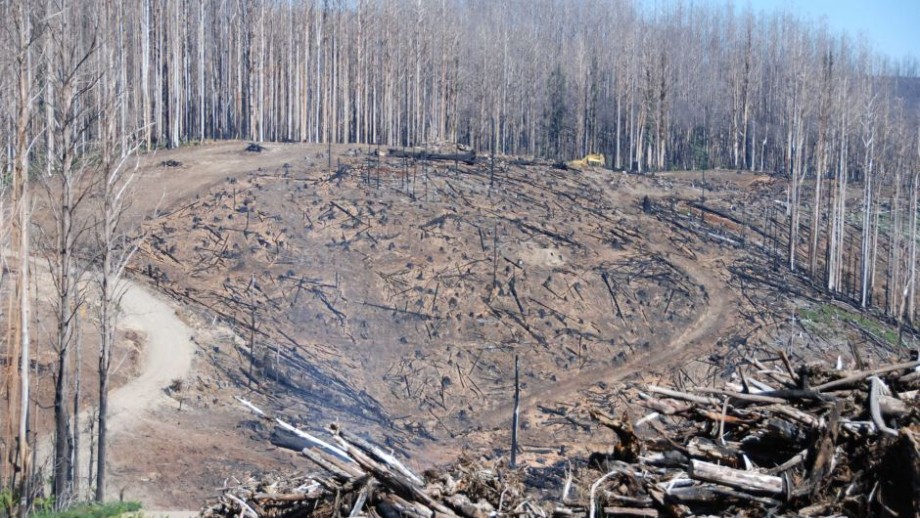
Bushfire Inquiry Will Come Too Late If Climate Change Is Removed From Planning Laws
NSW Gas Deal Could Drain Groundwater And Worsen Climate Change
$25 Million Rehabilitation Bond Won’t Protect Queenslanders From Adani’s Damage
ADF Helicopters Fly Corroboree Frog Rescue To Kosciuszko
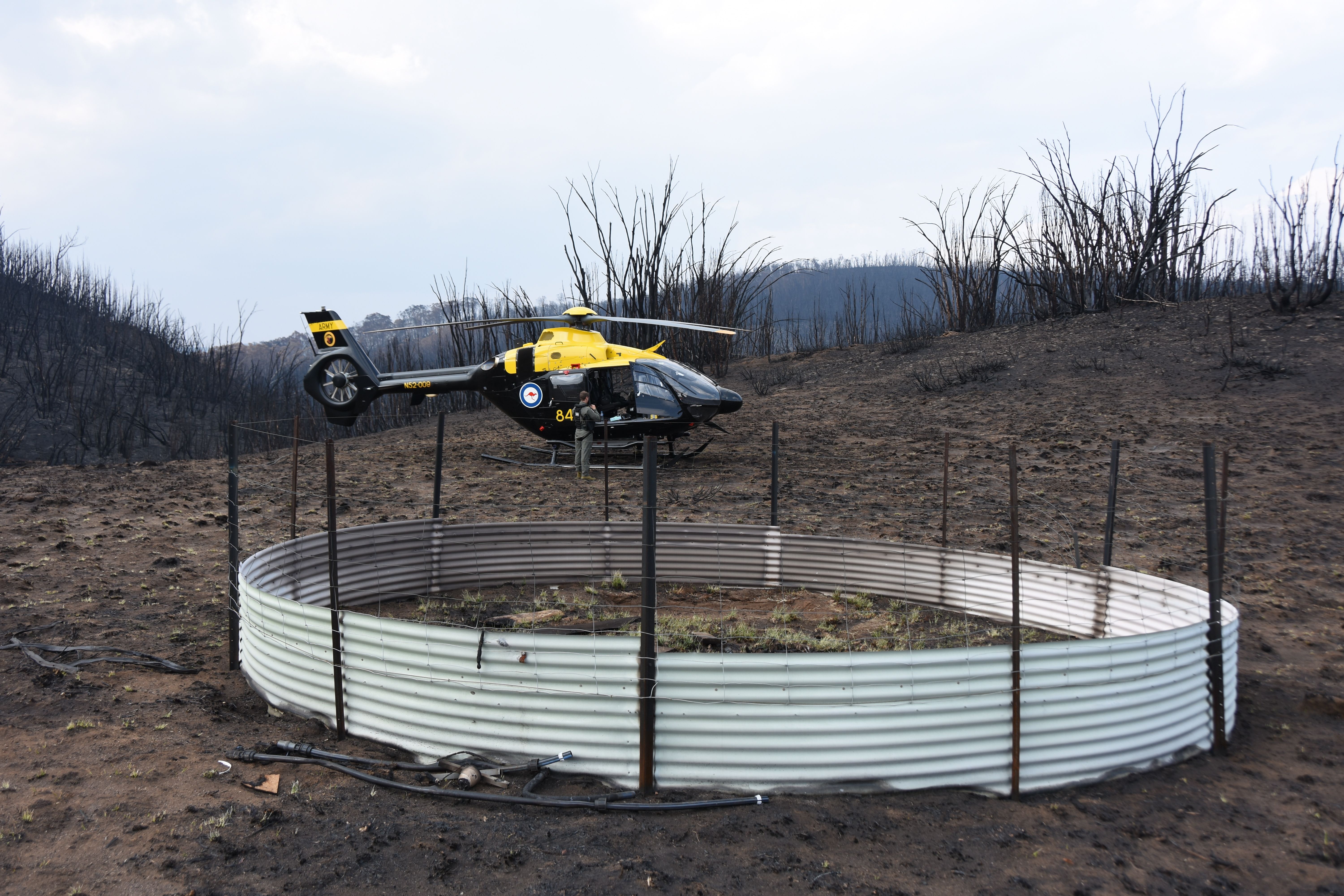
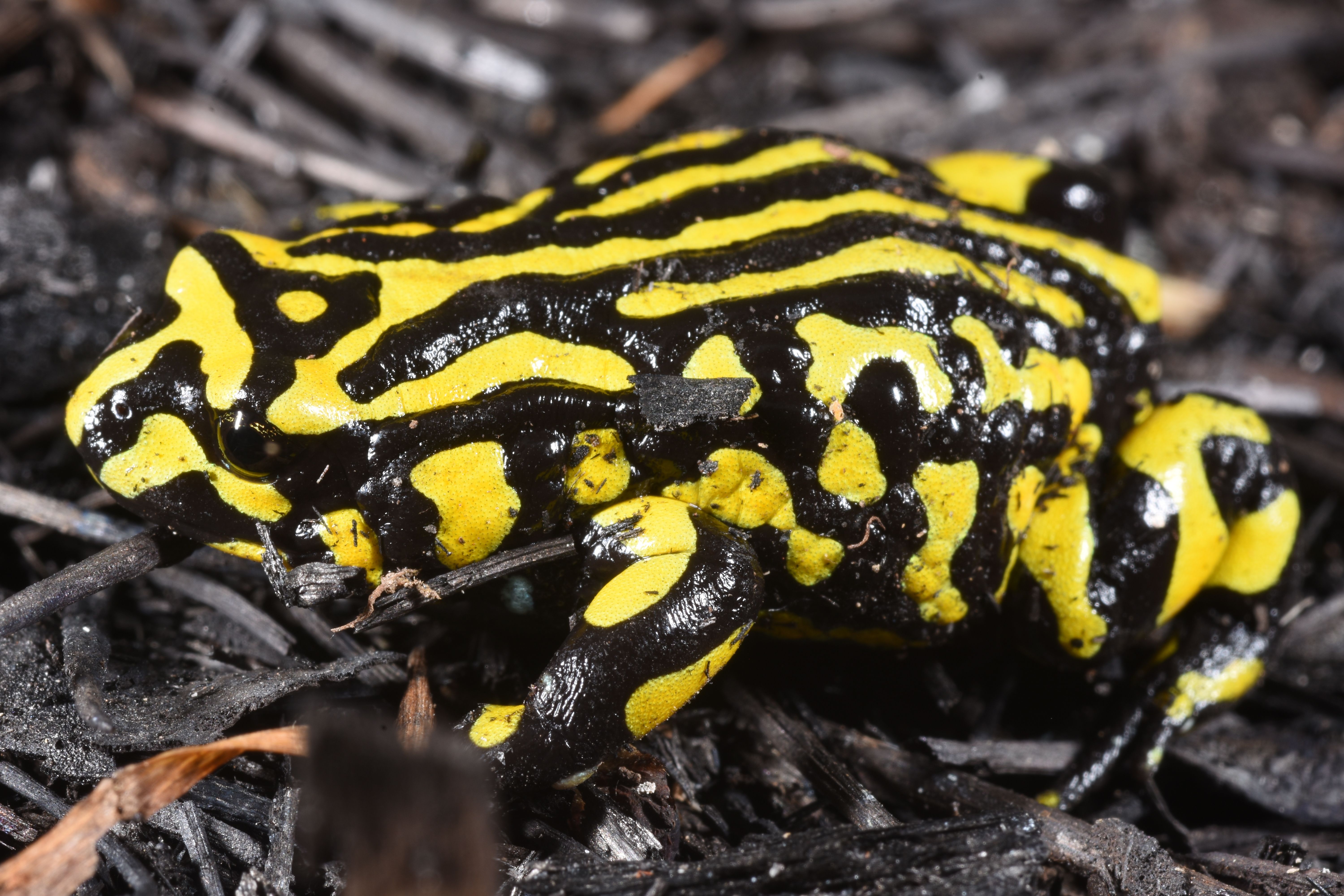
- Threatened species: Southern corroboree frog profile
- Help save our threatened species
- Corroboree Frog Habitat Trial Is A Hop In The Right Direction: 17 March 2017 - NPWS, NSW Dept. Of Environment
Bogong Biccies And Water Stations Delivered To Mountain Pygmy-Possums

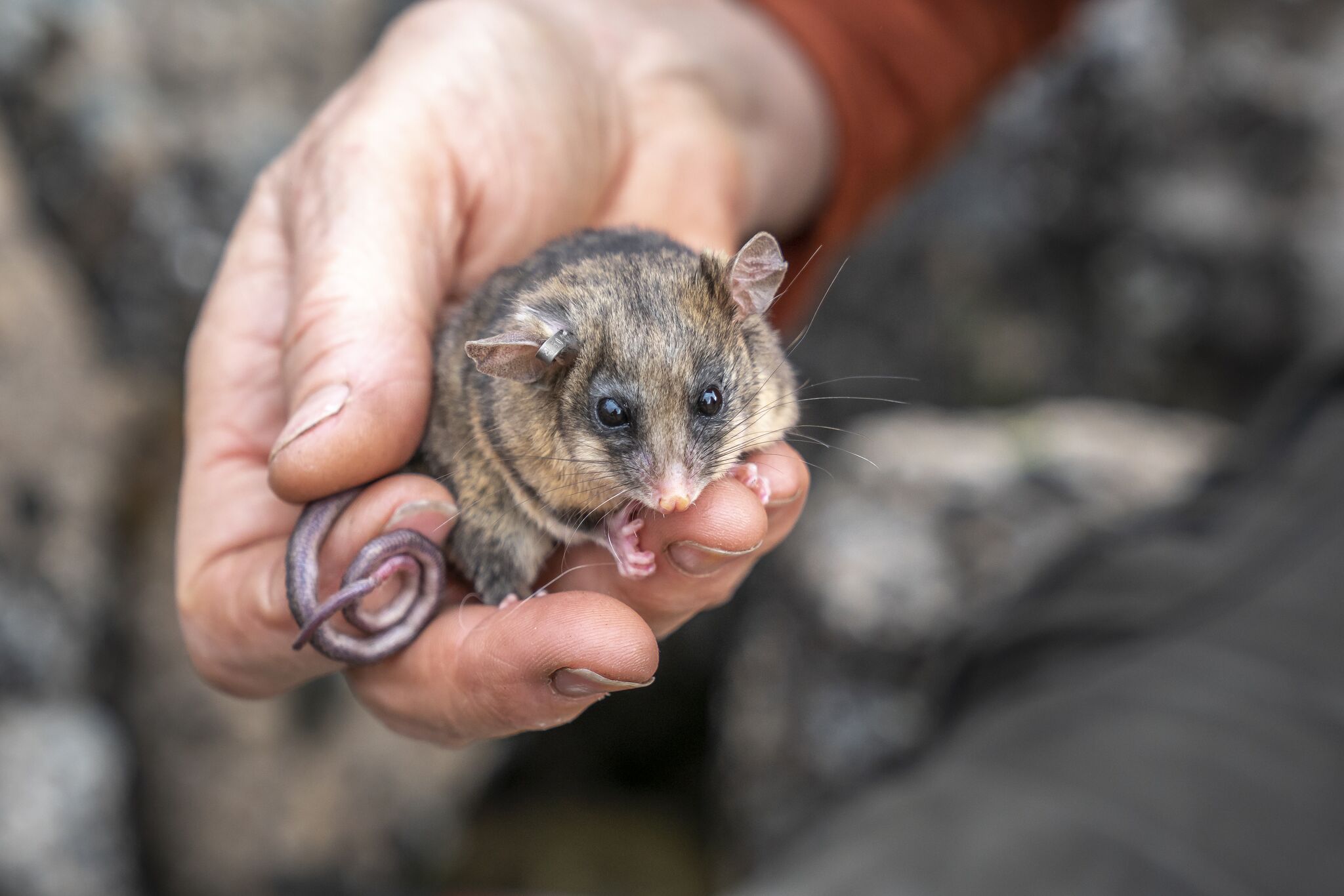
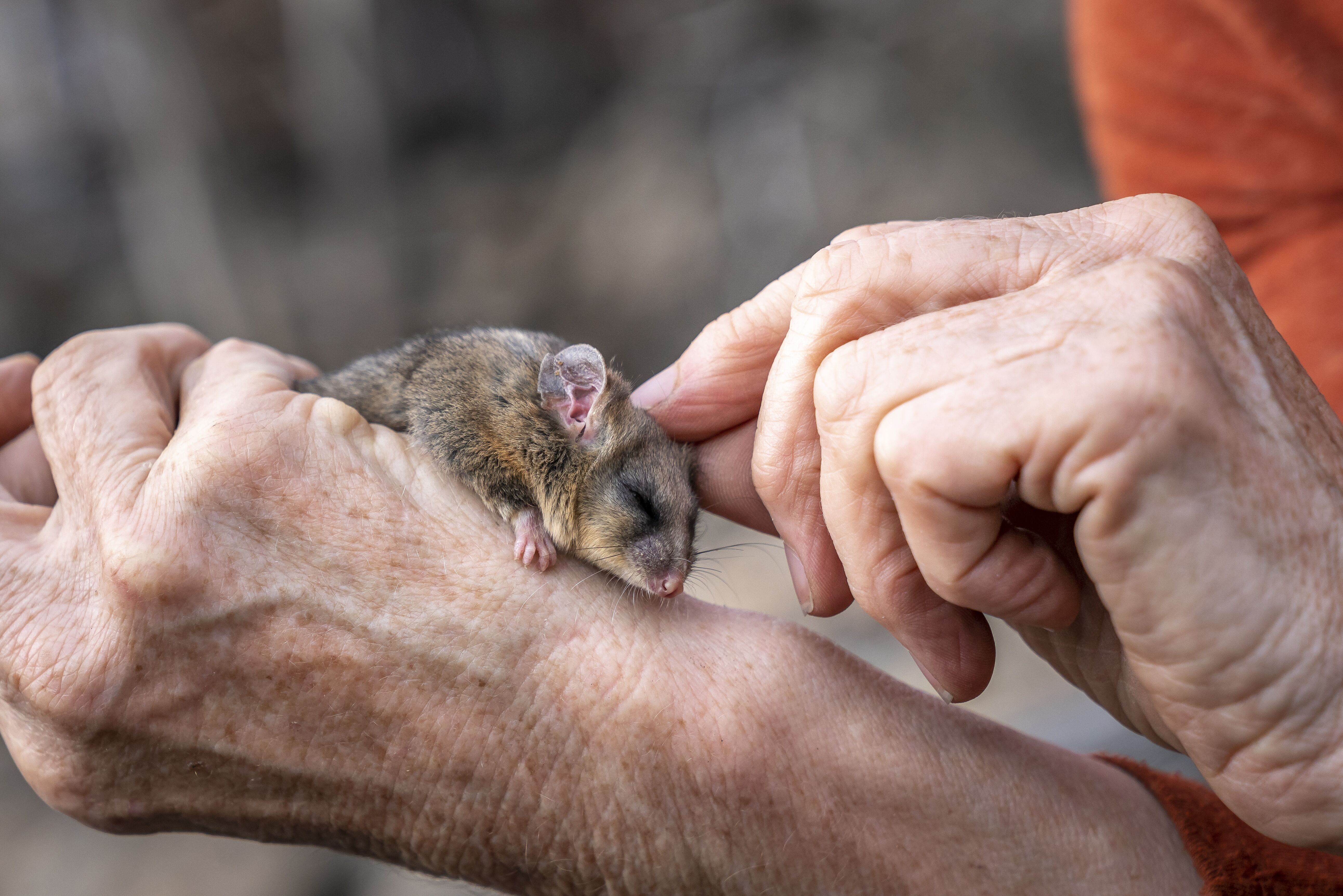
Saving Our Species January 2020 Newsletter
- Feral animal control – This will involve fox baiting programs, as well as targeted trapping and shooting of feral cats and intensive control measures for goats, pigs and other feral animals.
- Provision of extra food, shelter and water – Extra food is being delivered to threatened species such as brush-tailed rock-wallaby colonies; extra shelter, such as artificial hollows, will be deployed and watering points are being provided for animals.
- An intensive weed control program will be deployed to protect sensitive habitats from invasion weeds, such as bitou bush and orange hawkweed.
- Translocation, reintroduction and replanting programs will be used to protect and restore local populations of fauna and flora.
- Conservation fencing will be used to protect sensitive habitat and exclude feral animals.
- Advice and support are being provided to local wildlife carers.
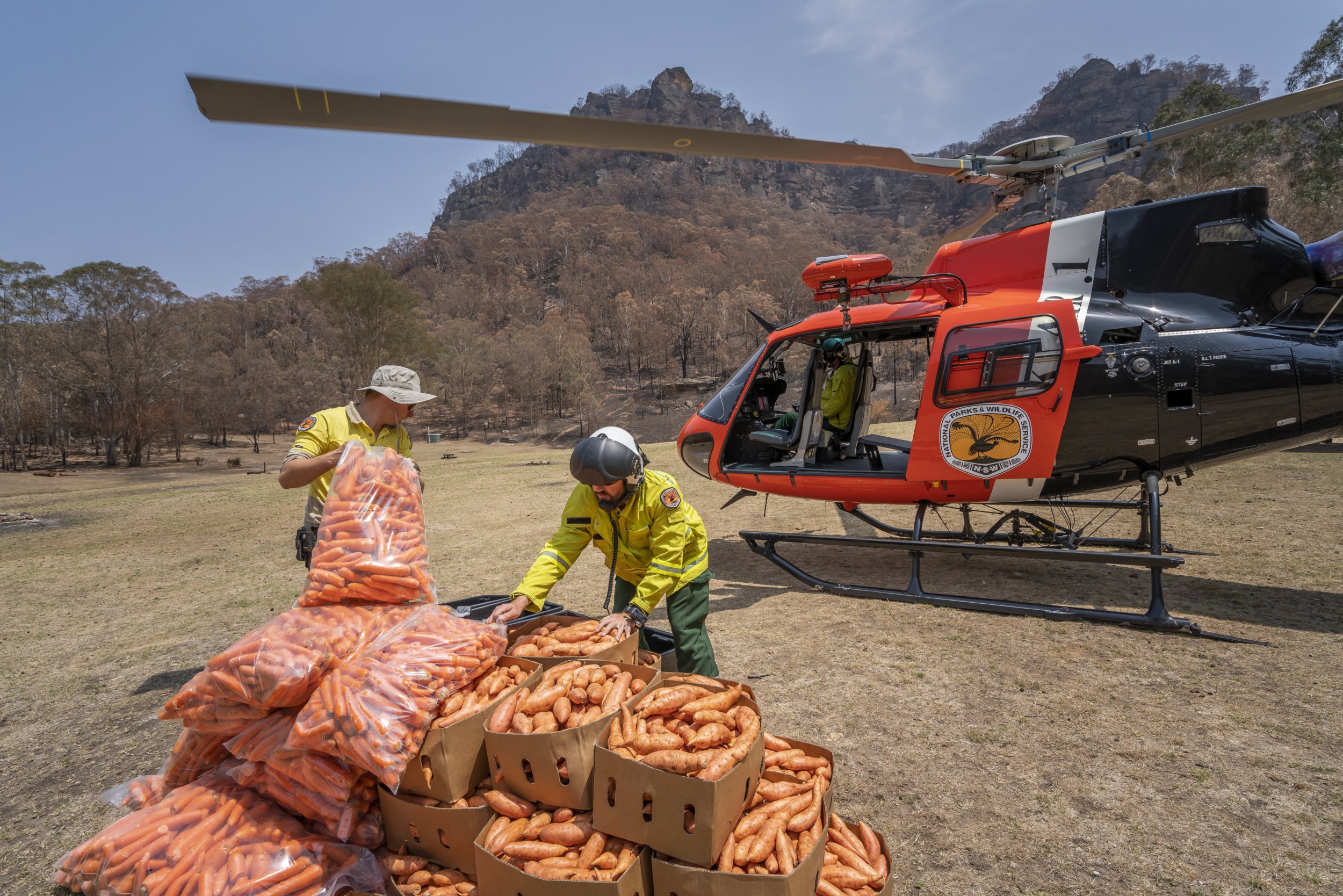
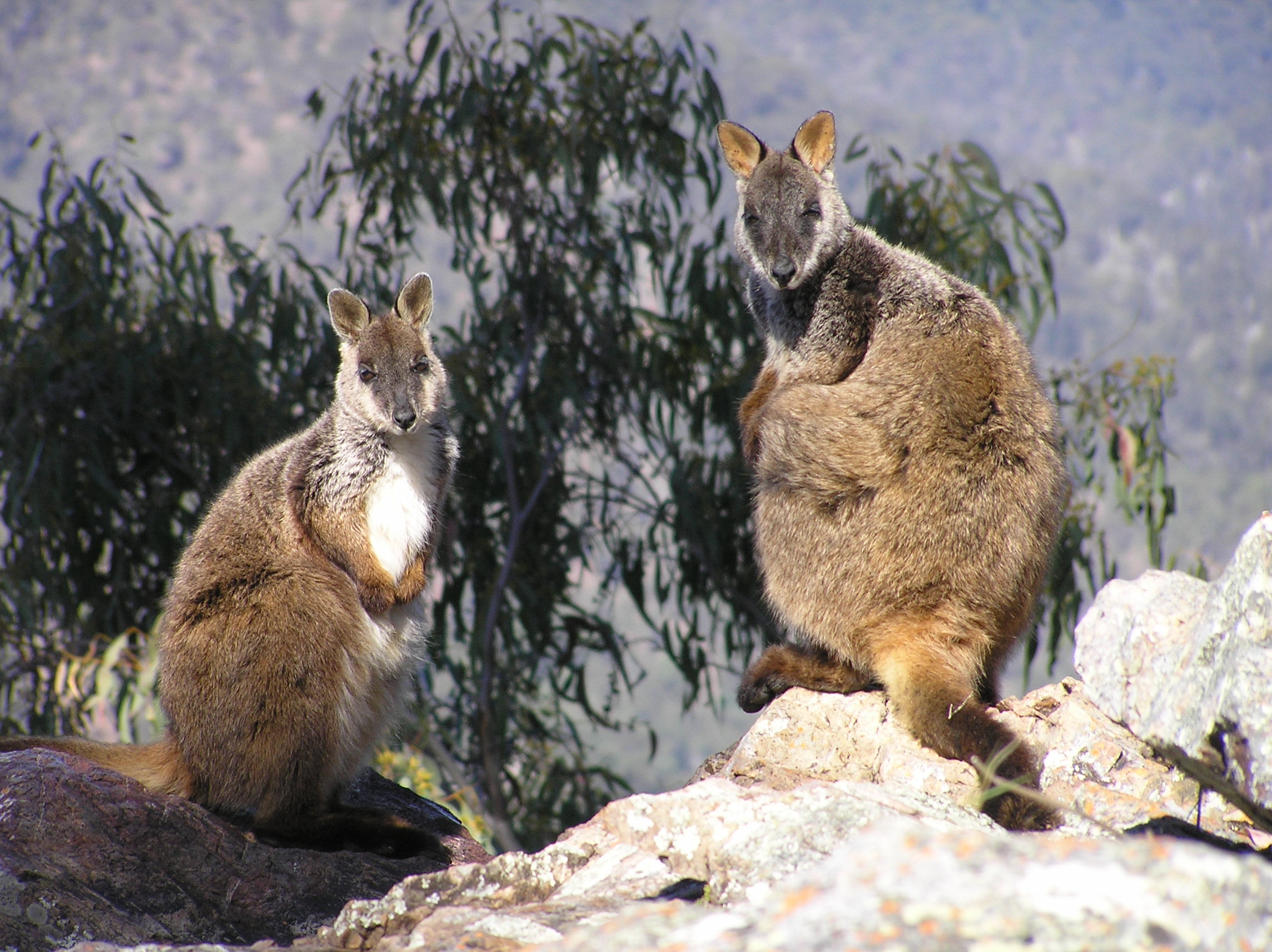
$5 Million For Bushfire Affected Coastal Waterways
- sediment and erosion control actions
- dune management and restoration
- estuarine foreshore restoration
- littoral rainforest regeneration and restoration
- coastal wetland restoration
- habitat restoration
- riparian corridor management
- water quality monitoring to determine the impacts of recent fire activity
- other post-fire actions that minimise further environmental impacts on coastal waterways and estuaries.
We Have The Vaccine For Climate Disinformation – Let’s Use It
- bots and trolls disseminated false arson claims which downplayed the impact of climate change on the bushfires
- NewsCorp reported more than 180 arsonists had been arrested “in the past few months”. The figure was a gross exaggeration and distorted the real numbers
- The misleading arson claim went viral after Donald Trump Jr, the president’s son, tweeted it. A UK government minister, Heather Wheeler, also repeated the false claim in the House of Commons
- NSW Nationals leader John Barilaro, among others, wrongly suggested a lack of hazard reduction burning – the fault of the Greens – had caused the fires
- Conservative commentators claimed the 2019-20 bushfires were no worse than those of the past.
- the number and frequency of extreme heatwaves will increase as the climate continues to warm
- for the next few decades at least, years with heatwaves may be followed by one or more years without one
- the respite will only be brief because the inexorable global warming trend makes extreme fire conditions more and more inevitable.
Citizen Scientists Asked To Get Snappy To Monitor Bushfire-Ravaged Environment
Pulling Out Weeds Is The Best Thing You Can Do To Help Nature Recover From The Fires
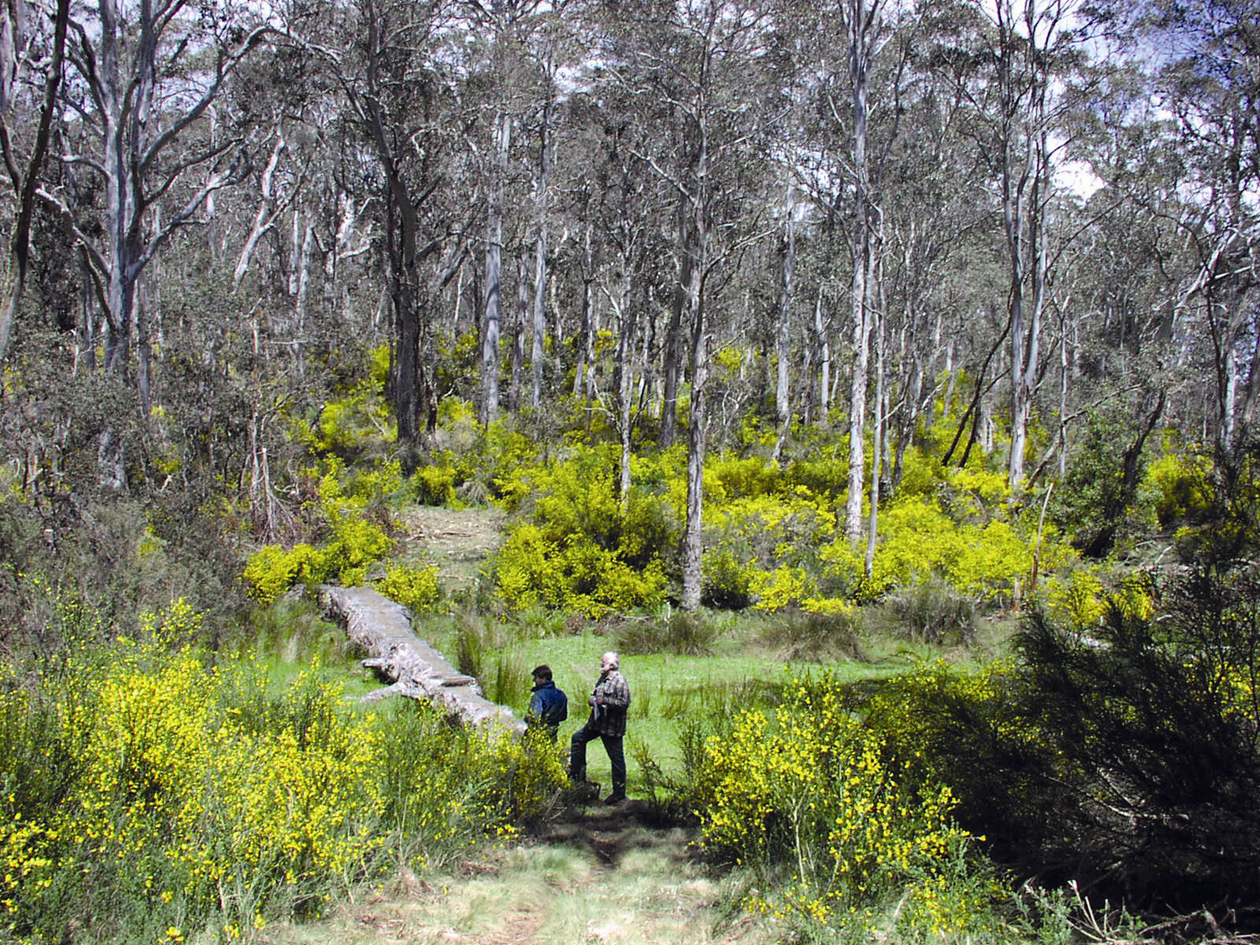
Aussie Bread Tags Collection Points

A Good News Story From Sydney Wildlife Mobile Care Unit

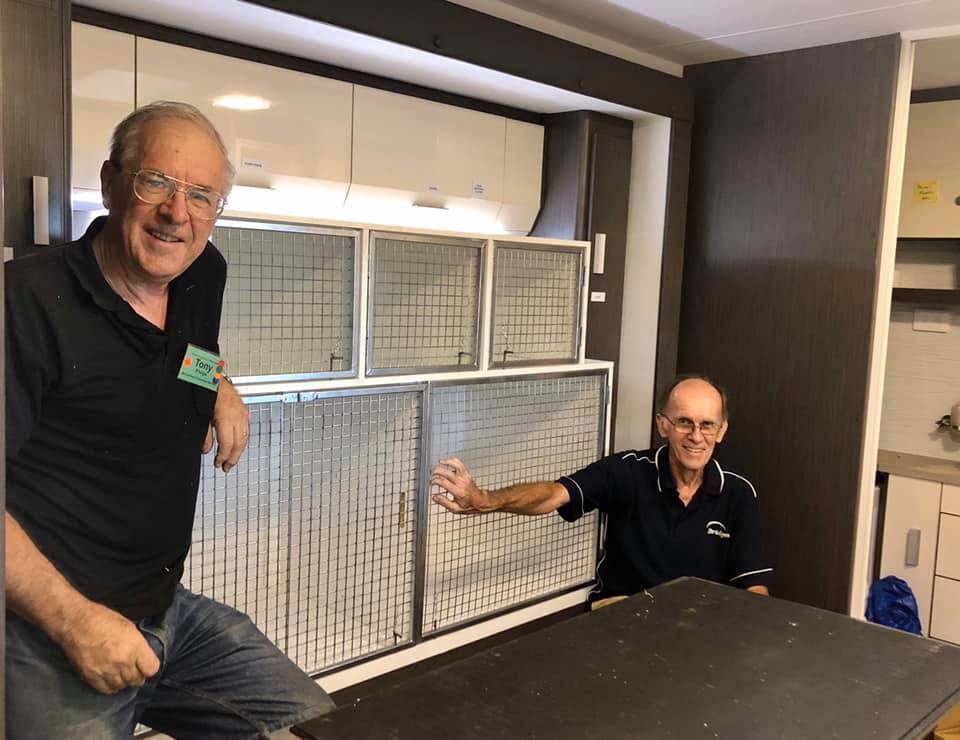
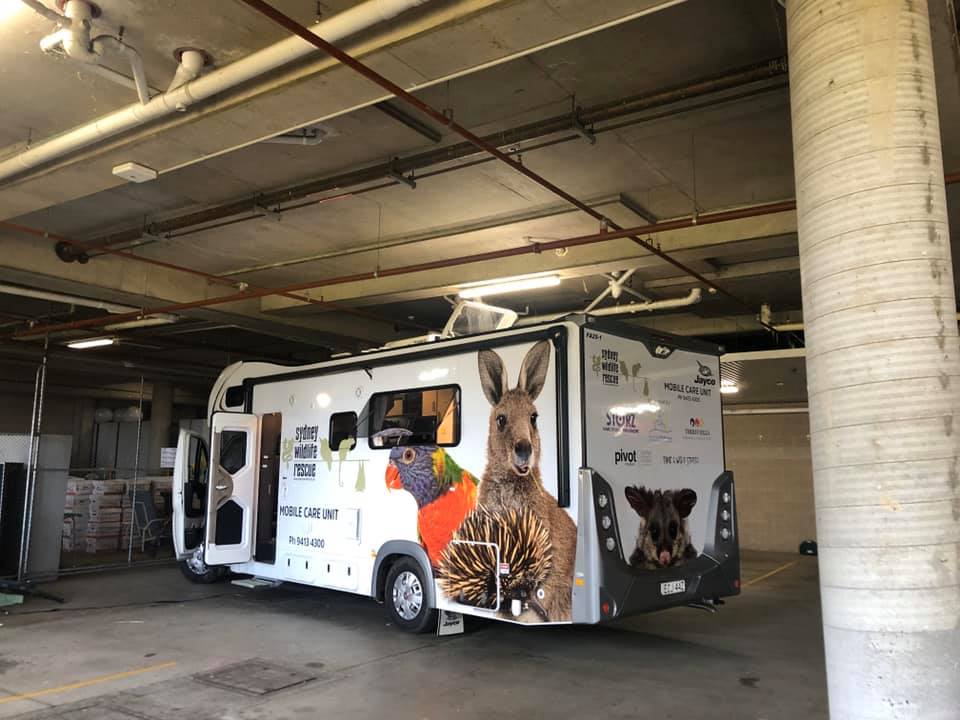
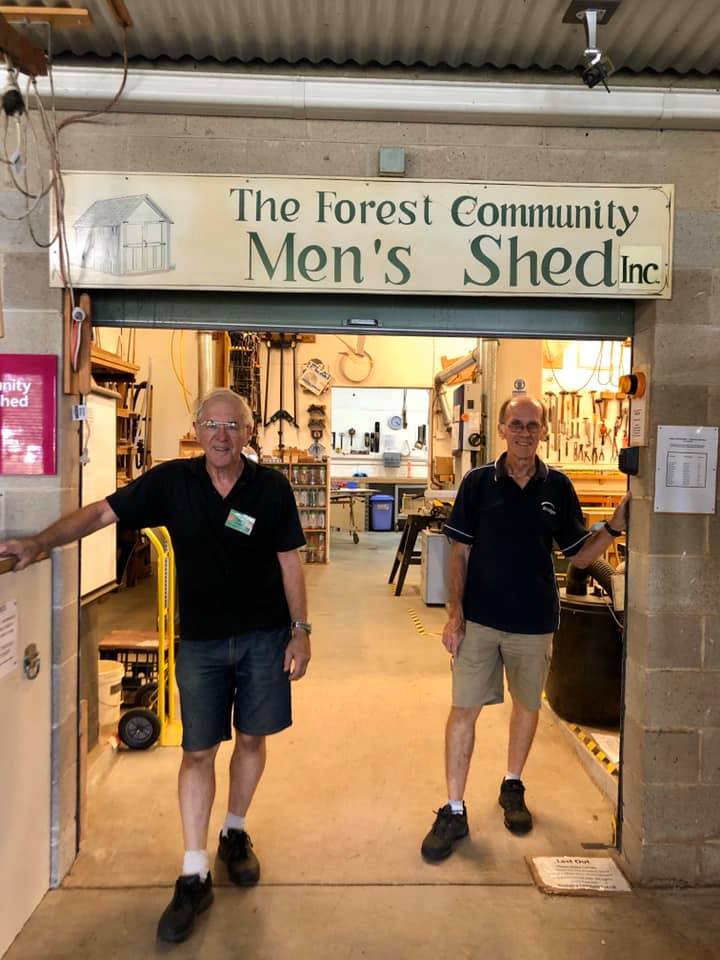
Congratulations To The 2020 Senior Australian Of The Year
- Australian Capital Territory — Sue Salthouse specialises in disability rights advocacy and works in the disability sector. She also develops leadership training for women and actions to combat domestic violence.
- Tasmania — advocate and volunteer for Landcare Tasmania, Dr Graeme Stevenson has been researching and promoting healthy soils and landscapes for 30 years.
- Victoria — Dr Raymond Sheuy APM, a former Victorian Police Officer and Assistant Commissioner for Traffic and Operations, is a consultant on road safety and operational safety in Australia and worldwide.
- Northern Territory — Banduk Marika AO is an artist, a passionate cultural activist and environmental adviser, known for exquisite prints of ancestral creation stories on linoprint.
- New South Wales — founder of OzGREEN, Sue Lennox from NSW teaches people to become ‘citizen scientists’ and to take action to improve the health of the waterways.
- South Australia — 90-year-old Sylvia McMillan has been an unstoppable community volunteer for more than 50 years after becoming treasurer of her local Legacy Club in the late 1960s.
- Queensland — Peter Dornan AM helps men with prostate cancer share experiences and seek support and designed a program to treat incontinence after prostate cancer treatment.
After The Royal Commission - Our Vision For Aged Care
Targeted Support To Improve Residential Age Care Services
- Implement improved business strategies, such as those identified by the aged care Business Advisory Service. Examples include restructuring business operations and upgrading of financial management and IT systems;
- Maintain services while the aged care residence is sold to a new provider which can make it viable and sustainable;
- Where there is no other option, close down the home in a safe and orderly manner and transition residents to alternative suitable facilities.
Lime Cordiale Hottest 100 Success
- No: 7 Robbery - Lime Cordiale
- No 13: Inappropriate Behaviour - Lime Cordiale
- No 17: I Touch Myself {triple j Like A Version 2019} - Lime Cordiale
- No 32: Money - Lime Cordiale
- No 24: Infinity - Ocean Alley
- No: 54 Stained Glass - Ocean Alley

Sydney Bus Museum Volunteers Helps Mona Vale Bus Depot Celebrate 50th Anniversary Of Opening

On Monday January 27th, 2020 the Sydney Bus Museum marked the 50th anniversary of the opening of Mona Vale Bus Depot by operating bus shuttles around Mona Vale and through the depot. Included are a few photographs from the day. Our thanks go to State Transit who invited them to help mark this significant anniversary of a key part of our local public transport story. Thanks once more to the Sydney Bus Museum for sharing these photographs taken on the day with Readers.
The Sydney Bus Museum has an extensive collection of New South Wales Government and Private Bus Services buses, and tells the story of the history of bus transportation, particularly in NSW, through Australia’s largest collection of historic buses and bus memorabilia.
Visiting groups have the choice of a group tour under the guidance of a knowledgeable volunteer or of wandering free within the museum to concentrate on buses and exhibits that most interest them.
Visitors are able to see a wide variety of buses on display and gain insights into the way in which bus transportation has changed and continues to change people’s lives. At the end of their tour or individual inspections, visitors may care to spend time in the Museum Shop where there is a wide range of bus models, transport literature and memorabilia for sale.
Tours are expected to last about 90 minutes and are available on Wednesdays, Saturdays and the 1st & 3rd Sundays of each month (Museum public open days). A vintage bus ride is also available upon prior arrangement; there are two bus journeys to pick from: a short 25-minute return trip to the City, and a longer 45-minute trip to Huntley's Point and return.
This week was a rare opportunity to see inside a working bus depot, with the community invited to a ride-along through Mona Vale Depot on two historic double-decker buses from the Sydney Bus Museum.Between 10am and 2pm there were tour departures from the City-bound B-Line bus stop at Mona Vale (Pittwater Rd) to Ponderosa Street. The round trip took around 15 minutes.
A donation for those taking the bus ride was requested - all put towards the Bushfire Relief Fund.
The Sydney Bus Museum provided these rides using two former Northern Beaches double deckers: an Albion Venturer SPCX19W and a Leyland PDR1A/1 Atlantean.
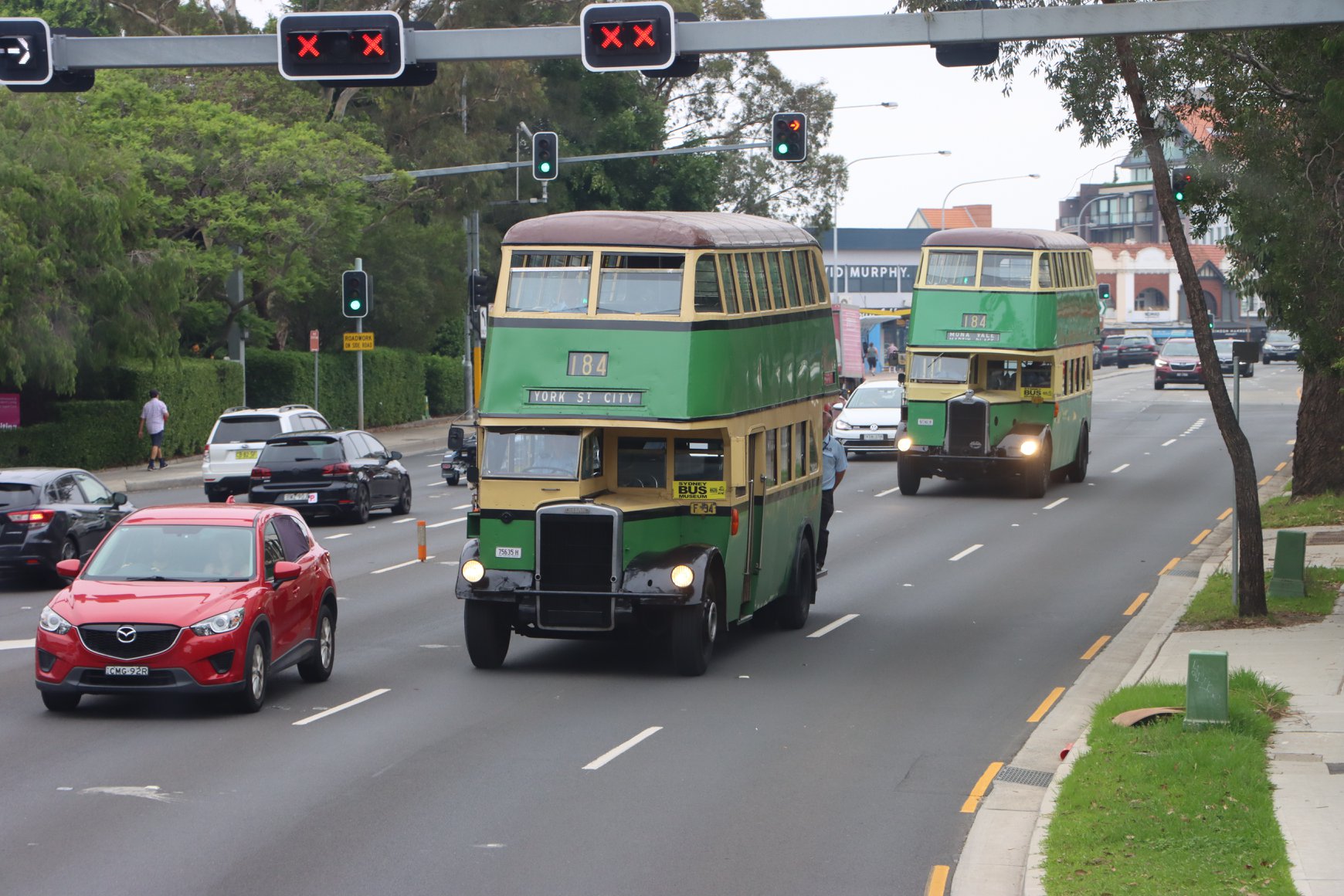
Leyland OPD2/1 2087 was one of the first buses allocated to Mona Vale in 1970. It is followed by a Northern Beaches staple, Albion CX19W 1892. Sydney Bus Museum photo.
2020 Enrolled Nurse Scholarships Open
NSW Youth Advisory Council 2020
What is the NSW Youth Advisory Council?
The NSW Youth Advisory Council (YAC) plays an important role in advising the NSW Government on issues that are relevant to young people across the state.
Membership of the YAC is open to all children and young people between 12 and 24 years of age residing in NSW. Applications are sought from diverse locations, backgrounds and life experiences.
The 12 member YAC provides a direct avenue of communication between young people and the NSW Government.
The YAC meets regularly throughout the year to provide advice to the relevant Minister, and the NSW Advocate for Children and Young People, on issues, policies and laws that affect children and young people in NSW.
Who is eligible to apply for the Youth Advisory Council?
All young people living in NSW from 12 to 24 years of age may apply. Applications are sought from diverse locations, backgrounds and life experiences.
What is required of me?
Council members meet once every 4-6 weeks throughout the year to discuss a range of topics and monitor and evaluate polices and legislation affecting children and young people.
Members also consult with children and young people, community groups and government agencies on issues concerning children and young people; and conduct forums, approved by the Minister on issues relevant to children and young people.
Tips for completing your application
Once you start your application you will need to complete it in one go, so you might like to prepare your answers in a word document and then copy and paste them into the application when you are ready. Make sure you answer all questions. The whole application process should take no longer than 10 minutes.
The main questions to prepare for are:
- Question: What do you think are the important issues affecting children and young people in NSW? Please explain why you think these issues are important. (As a guide, your answers should be no more than 250 words.)
- Question: What life experiences have you had which would assist you in contributing to the Council’s work?
- Question: Details of any current or past voluntary or community activities you have been involved in.
- We'll ask a few questions about you and your background.
- Question: Please give details of any experience or membership of an organisation, network, boards, committees or other government or community bodies.
- If you would like to provide a referee, please do. Note that providing a referee is optional.
If you need any assistance with completing the application, please contact us on 9248 0970. Applications are now open and close on 1 March, 2020.
PNHA Bushcare Grants For Mona Vale Dunes And Avalon Golf Course: A Great Option For Duke Of Ed. 2020 Aspirants



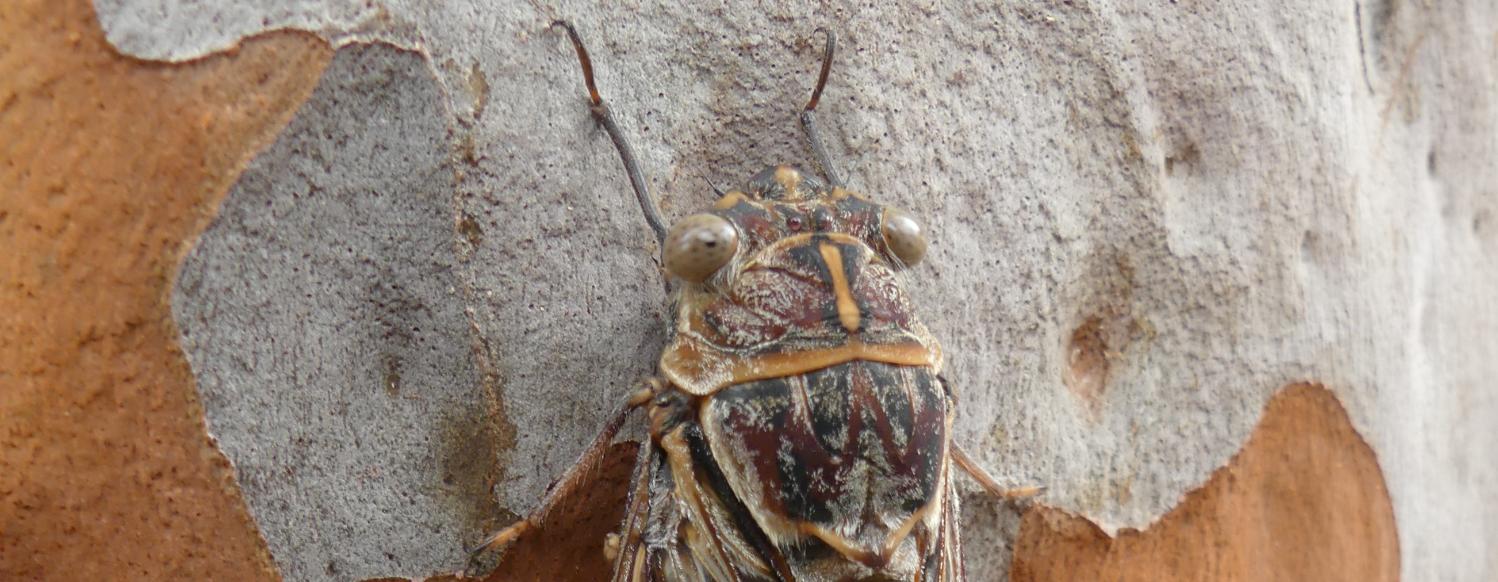
A cicada on a Sydney Red Gum in Elanora - what could be more Pittwater in Summer than that? Photo by Pittwater Natural Heritage Association (PNHA)
Pittwater Natural Heritage Association (PNHA) Activities for 2020, on Fridays and Sundays. The first is on Friday February 21, 2020. Free guided Irrawong Waterfall Track walk. Booking through Eventbrite
Free guided Irrawong Waterfall Track bird and plant walk on Sunday February 23rd, 2020. Booking through Eventbrite.
These free guided walks along Mullet Creek will be with bird and plant experts who'll help you see and hear birds and look at the plants. Binoculars a good idea. A mostly level bush track of moderate difficulty with some steps, not suitable for strollers or wheelchairs. Older children very welcome accompanied by a carer. Only 20 tickets available for these events. Please let Eventbrite know if you need to cancel as there may be a waiting list.
A FORMER SYDNEY LANDMARK : THE BENT-STREET FOUNTAIN.

Hello Yellow – Up Close With Dazzling Yellow-Tufted Honeyeaters
Published January 31, 2020 by BIBY TV
These Yellow-tufted Honeyeaters (Lichenostomus melanops) were filmed during September and October 2019 visits to a private conservation property in the Capertee Valley (NSW). What a treat it was – gorgeous birds in a glorious location! And they were just one of several honeyeater species to grace our video files that spring, thanks to bird baths in the vicinity of our accommodation. After many years of filming birds we have concluded that a water source is the most reliable site for bird observation, as well as being a huge asset to the birds and other animals. For instance, when bushwalking in the wilds it can be hard to see or photograph birds in dense shrubbery or high in trees. But find a creek, natural or artificial waterhole or even a muddy puddle (e.g. https://youtu.be/QqsUxFH4hHw and https://youtu.be/6eal-A5nkpg) and enjoy the show!
Of course, be aware that water is vital to their survival; one shouldn’t linger when nervous species are around (e.g. macropods) and there are limited options for them. Certainly there were less options than what might be at the Capertee Valley property given drought conditions. (Check out our production about White-naped Honeyeaters https://youtu.be/s7y7mc16dXM for further discussion of the long dry spell.) In this filming situation, the rock-ringed cement-based pond being visited by Yellow-tufted Honeyeaters was close to a house, on the opposite side to another bird bath free of our presence, as well as a tree-fringed waterhole a bit further away (shown in Photo 2). While we have seen this honeyeater species (and others) visit all three locations, the artificial yet natural-looking pond allows the best viewing. To see the other type of bird bath and advice on how to create one that is useful and safe for birds go to https://youtu.be/SP48ItOlhBg
Although bird baths in house zones/gardens are generally drawcards, what might appear at them will depend upon the habitat available. Compared to some honeyeaters (such as Noisy Miners, Red Wattlebirds and White-plumed Honeyeaters), Yellow-tufted Honeyeaters are more tied to their natural environment of eucalypt forest and woodland. They are rarely observed in truly urban areas, unlike the other honeyeaters mentioned. Sightings are almost always in national parks, reserves, any sizeable strip of forest, or gardens abutting these natural places (such as the location for this video). Indeed, even at this property, the “Tufties” appear to stay in the top tree-filled third of the 140 acres (which merges with Wollemi National Park), rather than use a planted tree corridor to reach a larger dam near an open grassy area. But we have seen them feast on the nectar of a White Box (eucalypt) in a working farm next door. However, this important paddock tree is very close to the forested slopes behind both properties. Nonetheless, the relative lack of flexibility makes the striking and unmistakable Yellow-tufted Honeyeater rather elusive for the casual birder, despite the subspecies shown here (Lichenostomus melanops melanops) having the conservation status of secure. It’s the Victorian subspecies cassidix – aka the Helmeted Honeyeater – that is the truly rare bird.
For more information on Yellow-tufted Honeyeaters visit http://www.birdsinbackyards.net/speci... To hear their various calls, go to https://www.xeno-canto.org/species/Li... We found them to be one of the less vocal honeyeaters at the bird baths so ended up using a call recorded at a different location (Ku-ring-gai Chase National Park) for Photo 1. Several other bird species can be heard during the video, including Red Wattlebirds, White-browed Woodswallows, Little Lorikeets and Willie Wagtails.
Potential Global Spread Of New Coronavirus
Gut Reaction: How Immunity Ramps Up Against Incoming Threats
Platypus On Brink Of Extinction
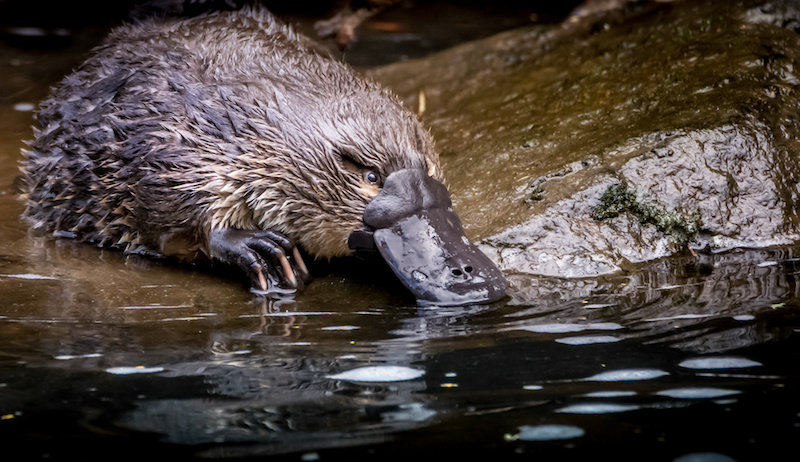
PET/MRI Identifies Notable Breast Cancer Imaging Biomarkers
Solving A Biological Puzzle: How Stress Causes Grey Hair
Bulletproof Superbugs On A Deadly March Across The Globe
Recreational Fishers Catching More Sharks And Rays
Airborne Microbes Link Great Barrier Reef And Australian Continent
Nano-Thin Flexible Touchscreens Could Be Printed Like Newspaper

Humanity's Footprint Is Squashing World's Wildlife
Large Marine Parks Can Save Sharks From Overfishing Threat
- Marine protected areas must extend over 10 km to protect site-attached reef sharks
- More mobile reef shark species can be protected only if MPAs are over 50 km long
- Annual fishing mortality was cut by 50% for all assessed species with 15-km MPAs
- Atlantic MPAs should be 2.6× larger than Pacific MPAs to protect similar abundances
Disclaimer: These articles are not intended to provide medical advice, diagnosis or treatment. Views expressed here do not necessarily reflect those of Pittwater Online News or its staff.